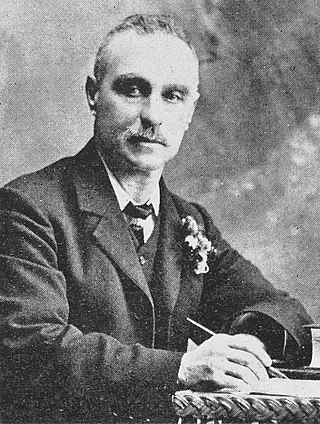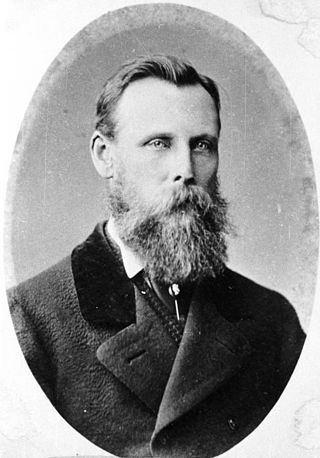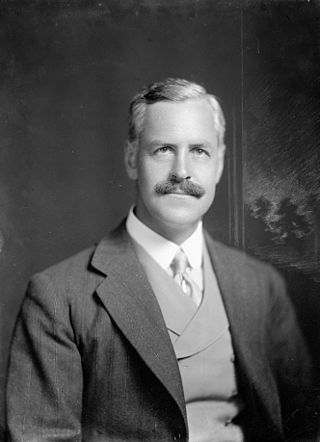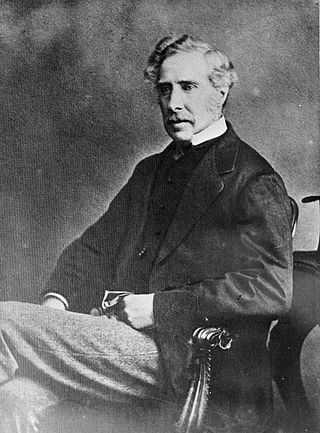| |||||||||||||
| Turnout | 3,020 | ||||||||||||
|---|---|---|---|---|---|---|---|---|---|---|---|---|---|
| |||||||||||||
| |||||||||||||
The City of Auckland by-election of 1893 was a by-election held on 4 August 1893 during the 11th New Zealand Parliament in the urban upper North Island electorate of the City of Auckland.
| |||||||||||||
| Turnout | 3,020 | ||||||||||||
|---|---|---|---|---|---|---|---|---|---|---|---|---|---|
| |||||||||||||
| |||||||||||||
The City of Auckland by-election of 1893 was a by-election held on 4 August 1893 during the 11th New Zealand Parliament in the urban upper North Island electorate of the City of Auckland.
In 1893, William Lee Rees accused Alfred Cadman, the Member for Thames, of using his position as Minister for Native Affairs for his own personal benefit. Cadman then sued Rees for libel but the trial proved inconclusive. The jury in the libel case found that "the letters of Mr Rees to the Premier were defamatory, and that the defamatory matter was not only not fair and bona fide comment on the acts and conduct of the plaintiff, but that it was not true", however they only awarded damages of £1 which "implied [Cadman's] acts and conduct were yet not above suspicion." [1]
On 11 July 1893 while in the debating chamber of New Zealand's parliament Cadman challenged Rees to vacate his seat and contest the subsequent by-election against him. [2] Rees accepted the challenge although Cadman was ultimately successful. [3] [4]
The following table gives the election results:
| Party | Candidate | Votes | % | ±% | |
|---|---|---|---|---|---|
| Liberal | Alfred Cadman | 1,888 | 62.51 | ||
| Liberal | William Lee Rees | 1,132 | 37.48 | ||
| Majority | 751 | 24.86 | |||
| Turnout | 3,020 | ||||
A by-election was later held in Thames for Cadman's newly vacant seat.

The 1943 New Zealand general election was a nationwide vote to determine the shape of the New Zealand Parliament's 27th term. With the onset of World War II, elections were initially postponed, but it was eventually decided to hold a general election in September 1943, around two years after it would normally have occurred. The election saw the governing Labour Party re-elected by a comfortable margin, although the party nevertheless lost considerable ground to the expanding National Party.
City of Auckland was a New Zealand electorate formed for the election of 1853. It covered the core of Auckland during the early days of New Zealand democracy, when the city was small enough to be covered by two or three seats. It existed from 1853 to 1860, and from 1890 to 1905.
The following lists events that happened during 1912 in New Zealand.

Sir Alfred Jerome Cadman was a New Zealand politician of the Liberal Party. He was the Minister of Railways from 1895 to 1899 in the Liberal Government.

Thomas Bannatyne Gillies was a 19th-century New Zealand lawyer, judge and politician.

Albert Edward Glover was a New Zealand politician of the Liberal Party.

James McGowan was a New Zealand politician of the Liberal Party.
The former New Zealand parliamentary electorate on the western inner city of Auckland, was known as City of Auckland West from 1861 to 1890, and then Auckland West from 1905 to 1946.
Captain Charles William Selwyn DL was a British Army officer and Conservative Party politician.
Thames is a former New Zealand electorate, in the Thames-Coromandel District. It existed from 1871 to 1946.
Chalmers, originally Port Chalmers, was a parliamentary electorate in the Otago Region of New Zealand, from 1866 to 1938 with a break from 1896 to 1902. It was named after the town of Port Chalmers, the main port of Dunedin and Otago.

Edmund Harvey Taylor was a Liberal Party Member of Parliament in New Zealand.

William Crowther was a Mayor of Auckland and then Member of Parliament for Auckland, New Zealand.

William Lee Rees was an English-born New Zealand cricketer, politician and lawyer.
The 1915 Bay of Islands by-election was a by-election held on 8 June 1915 during the 19th New Zealand Parliament in the Northland electorate of Bay of Islands. The by-election came about because Vernon Reed's win in the 1914 general election was declared void by an electoral court. The seat was won by William Stewart of the Reform Party. Reed, who was also of the Reform Party, was barred by the court from standing for election for 12 months.

The 1917 Bay of Islands by-election was a by-election held on 19 March 1917 during the 19th New Zealand Parliament in the Northland electorate of Bay of Islands. The by-election came about because Vernon Reed's win in the 1914 general election had been declared void by an electoral court, and Reed barred from standing for a year. The seat was won by William Stewart, Reed's Reform Party colleague, in the resulting 1915 by-election. When Reed became eligible again, Stewart resigned and Reed won the 1917 by-election unopposed.

The Thames by-election of 1893 was a by-election held during the 11th New Zealand Parliament in the electorate of Thames.

This is a summary of the electoral history of Sir George Grey, Prime Minister of New Zealand, (1877–1879). He represented six electorates during his political career.
The April 1865 Bruce by-election was a New Zealand by-election held in the multi-member electorate of Bruce during the 3rd New Zealand Parliament on 8 April 1865. It was triggered on 9 January that year by the resignation of separationist Thomas Gillies and won by prominent settler Arthur John Burns. The more liberal businessman William John Dyer was the sole other contester of the by-election, finishing with 43.33% of the vote.